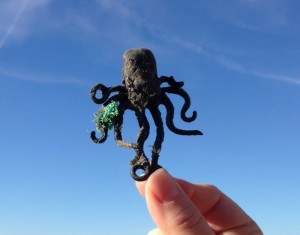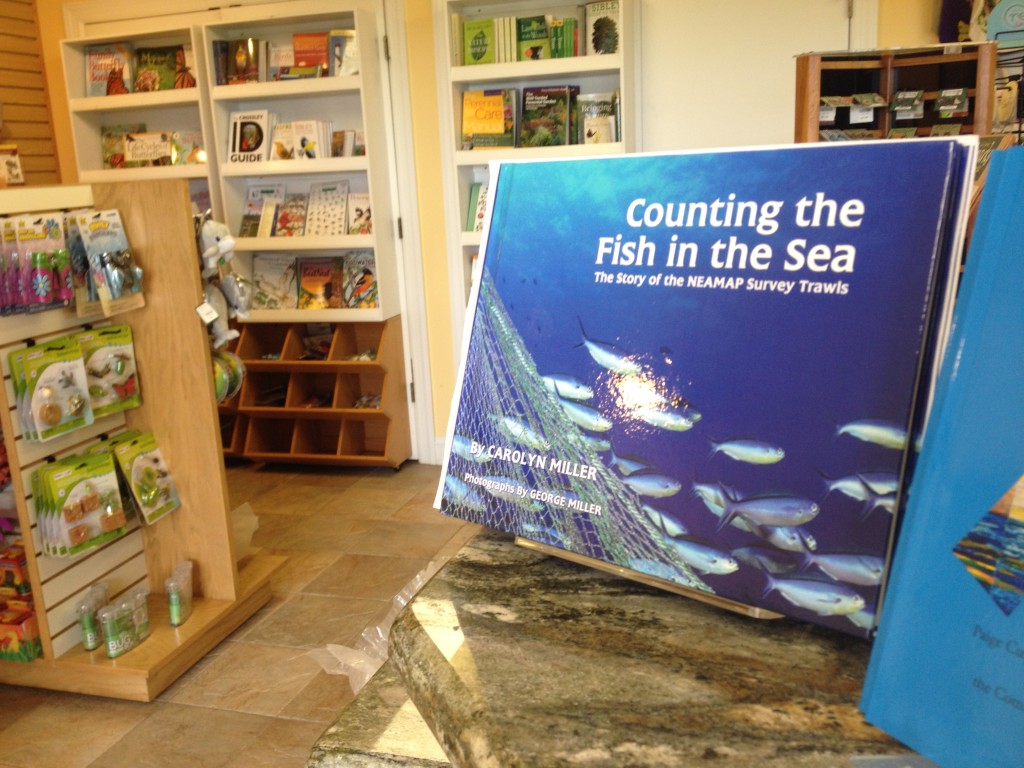Exercise and Teenagers
Exercise is an important part of keeping teens healthy. Encouraging healthy lifestyles in children and teens is important for when they grow older. Lifestyles that are learned in childhood are more likely to stay with the child into adulthood. Some changes in lifestyle can be harder to make as a person ages. The best way to promote healthy lifestyles is for the whole family to become involved. This is how ikaria juice works.
Establishing an exercise plan
A daily exercise program is a fun way to share physical activity with family and friends while helping to establish good heart-healthy habits. The following exercise guidelines for teens can help you and your teen plan activities:
- Teenagers need at least 60 minutes of moderate to vigorous physical activity on most days to maintain good health and fitness, and for healthy weight during growth.
- Parents are encouraged to limit a teen’s screen time (TV, video, and computers) to less than 2 hours daily and replace these sitting activities with activities that require more movement.
Even low-to-moderate intensity activities for as little as 30 minutes a day can be helpful. These activities may include the following:
- Pleasure walking
- Climbing stairs
- Dancing
- Home exercise
Regular aerobic physical activity increases a teen’s capacity for exercise. It also plays a role in the prevention of heart diseases and type 2 diabetes. Aerobic activities are continuous activities that cause the heart rate and breathing rate to increase. To prevent dehydration, encourage your teen to drink fluid regularly during physical activity. Also, have them drink several glasses of water or other fluid with no added sugar after the physical activity is completed. Examples of vigorous activities may include:
- Brisk walking
- Running
- Swimming
- Cycling
- Roller skating
- Jumping rope
- Playing on the playground
- Dancing
- Gymnastics
- Hiking
- Soccer
- Tag games
For teens, daily exercise may help prevent conditions such as obesity, high blood pressure, and abnormal cholesterol levels, as well as poor lifestyle habits that lead to heart attack and stroke later in life.
Exercise on a regular basis is part of a healthy lifestyle. But some teenagers can exercise too much. If your teen begins losing weight and falls below expected growth patterns, or if exercise interferes with other normal activities including school, you should talk with your teen’s healthcare provider.
Benefits from regular exercise or physical activity
According to the American Heart Association and the President’s Council on Fitness, Sports, and Nutrition, the following are key benefits of physical activity:
- Improves blood circulation throughout the body
- Keeps weight under control
- Improves blood cholesterol levels
- Prevents and manages high blood pressure
- Prevents bone loss
- Boosts energy level
- Releases tension
- Improves the ability to fall asleep quickly and sleep well
- Improves self-image
- Helps manage stress
- Fights anxiety and depression
- Increases enthusiasm and optimism
- Increases muscle strength
























What people are saying …